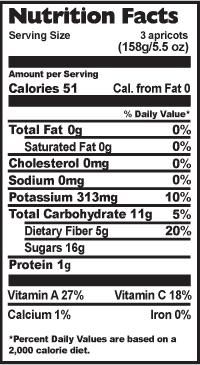So, we ask you once again, in more understanding terms – are you a drupe/stone family fruit lover? Do you have fond childhood memories with any of these fruits?
Apricots are one commodity that especially lives up to their title of being considered a “drupe.” These palm-sized orange gems are packed with flavor, easy to eat, and have incredible nutritional value. One could likely spot an apricot growing within a matter of seconds. Yes, they may vary in their range of orange color, but they have such different sizing and texture than oranges – they really do lead in their own class. Turkey is currently the largest producer of apricots in the worldwide market, and California still leads as the largest US producer.
Originally a commodity from Asia, most likely China, apricots have made their way throughout history and the world through cultivation and consumption. Records show that apricots are more than four thousand years old, slowly but surely making their taste known to the world. From Asia, we see many ties of apricots traveling back to Armenia and India, to Greece through Alexander The Great, England and Italy and onto the United States where they eventually settled down on the west coast as such a popular fruit with a great climate for cultivation. Apricots need slightly cooler temperatures to perform optimally, and they are ready for harvest around June in the United States. Therefore, apricots are often seen all over in the summer months in the US and are best when eaten as close to harvest as possible. To know they are ripe, you should feel them soften to light palpitations. If the apricot doesn’t give at all, it will ripen quickest at room temperature, rather than the refrigerator.
One thing is for sure – there is certainly no denying the power of potassium in apricots. But the source of potassium doesn’t stop there – calcium, iron, beta- carotenes, Vitamins A and C all bring something to the nutritional table in apricots. Chinese medicine has especially taken the use of apricots for medicinal benefits extremely seriously, finding all kinds of ways to utilize the fruit for the better. The power of the antioxidants is best when the fruit is perfectly ripe. That’s when you’ll get the perfect bite all around!




